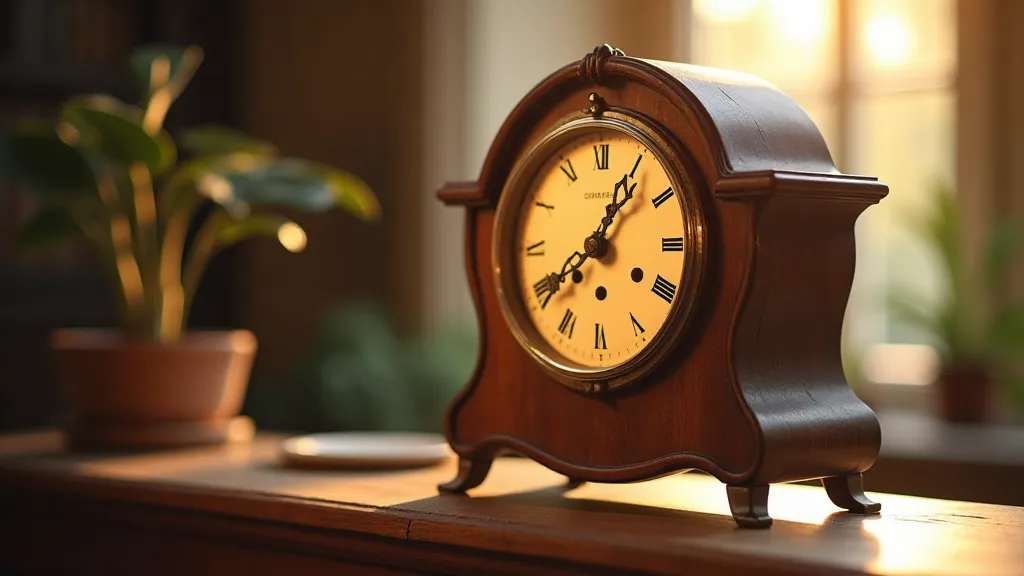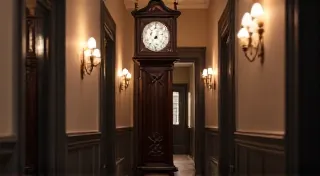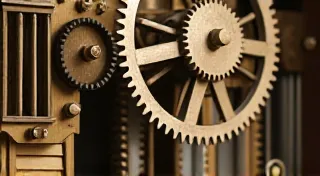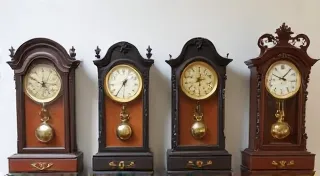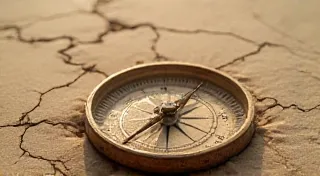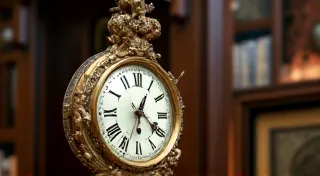The Pendulum's Echo: How Timekeeping Obsessions Shape Narrative
The ticking isn’t just a sound; it’s a heartbeat. For centuries, humans have wrestled with the relentless passage of time, attempting to measure, to contain, to understand it. And nowhere is this obsession more beautifully embodied than in antique clocks. They aren't just mechanisms for knowing the hour; they're echoes of human striving, anxieties about mortality, and the enduring quest to mark significance within a fleeting existence. This article isn't solely about clock identification – though we’ll touch on that – but about the deep philosophical currents that flow through these objects, and how their presence subtly shapes the stories we tell.
I remember, as a child, being utterly captivated by my grandfather’s grandfather clock. It stood in the hallway, a looming presence of dark wood and gleaming brass. It wasn't just a clock; it was a guardian of family history, its rhythmic tick a constant reassurance against the chaos of childhood. The pendulum’s mesmerizing swing seemed to hypnotize me, and I’d spend hours simply listening, imagining the countless moments it had faithfully recorded. It wasn’t just telling time; it was narrating a lineage, a continuity that extended far beyond my own short span.
The history of timekeeping is inextricably linked to the development of civilization. Early civilizations relied on sundials and water clocks, rudimentary devices that, while inaccurate, nonetheless represented a profound leap in understanding. The desire to standardize time, to create a system that transcended local variations in sunrise and sunset, became a crucial driver for trade, navigation, and governance. The invention of the mechanical clock in medieval Europe was nothing short of revolutionary. Suddenly, time wasn’t dictated by the sun; it was a measurable, controllable entity – a notion that both liberated and, perhaps, burdened humanity with a new kind of accountability.
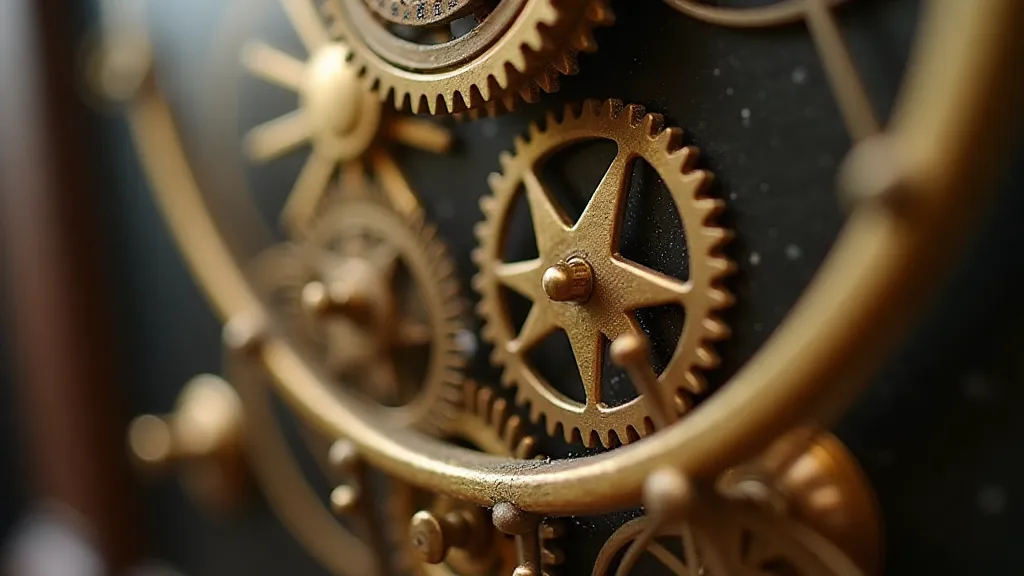
Time and Narrative Cadence
Consider how authors utilize the ticking of a clock to build tension or evoke a particular mood. In Charles Dickens’s Great Expectations, the persistent ticking of time underscores Pip’s anxiety and uncertainty as he navigates his burgeoning social aspirations. It's not just about the passage of days; it's about the relentless pressure of expectation, the feeling of being caught in a clockwork mechanism of one's own making. Similarly, in Virginia Woolf’s stream-of-consciousness narratives, the fleeting nature of moments is often mirrored by the brevity of sentences and the fragmented structure of prose – a stylistic choice that reflects the subjective experience of time itself.
The prevalence of clocks in gothic literature is also noteworthy. They represent a breakdown in order, a disruption of the natural rhythm of life. Think of the eerie chimes in Edgar Allan Poe’s tales, or the grandfather clock in Shirley Jackson’s The Haunting of Hill House, its steady beat a constant reminder of the house’s oppressive presence and the fragility of sanity.
Identifying Antique Clocks: More Than Just Numbers
While the philosophical implications are fascinating, let’s briefly touch on the practical aspect of clock identification. Determining the age and origin of an antique clock involves examining several key features. The case style is a significant clue – longcase clocks (grandfather clocks) became popular in the 17th century, while mantel clocks gained prominence in the 19th century. The movement, the intricate mechanism that powers the clock, is another crucial element. Look for maker's marks – these small inscriptions can provide invaluable information about the clock's origin and manufacturer. These marks often appear on the movement's plates, and can be difficult to decipher.
The type of escapement mechanism – the part of the clock that regulates its speed – also offers clues. Early clocks often used verge escapements, while later models incorporated more advanced mechanisms like anchor escapements. The materials used in construction – the type of wood, the quality of the brass, the finish on the dial – can all contribute to a more accurate assessment of age and value.
It’s important to note that identifying an antique clock is not simply about matching it to a catalogue. It’s about appreciating the skill and artistry that went into its creation, and understanding the historical context in which it was made. A clock isn’t just an object; it's a testament to human ingenuity and the enduring quest to master time.
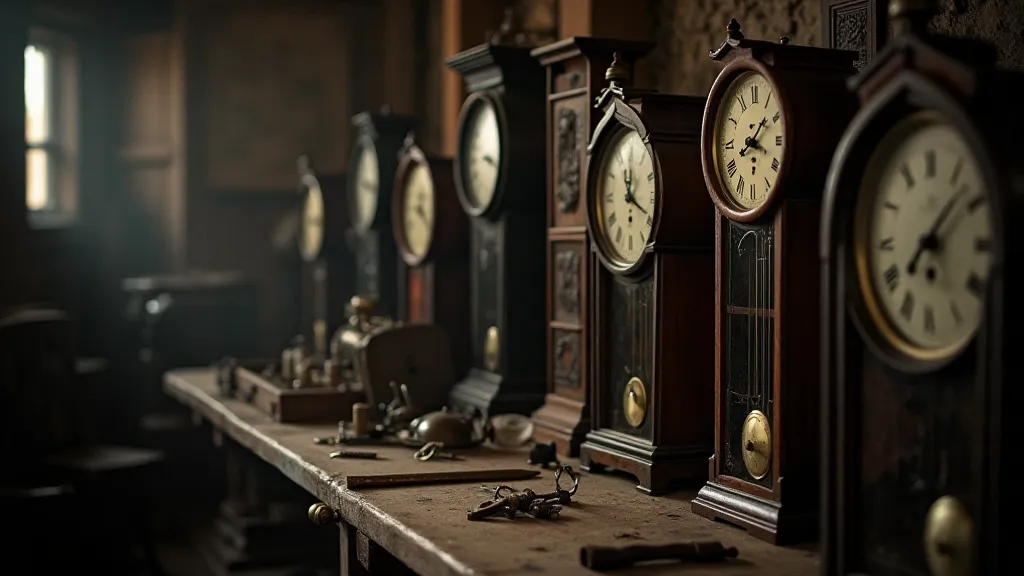
The Allure of the Movement
Beyond the outward appearance, it's the movement, the clock's intricate mechanical heart, that truly captivates. To hold a clock movement in your hands is to connect with the ingenuity of past generations. Each gear, each lever, each spring represents a triumph of engineering, a testament to the desire to harness and control the relentless flow of time. Even the imperfections – the slight wear on a gear tooth, the subtle discoloration of a brass plate – tell a story of use and age, a tangible link to the past. Restoring a clock movement is not merely a matter of repair; it’s a process of preservation, of breathing new life into a piece of history.
The value of an antique clock isn's solely determined by its age or brand name. It’s also influenced by its condition, its rarity, and its provenance – its documented history of ownership. A clock with a documented connection to a famous individual or a significant historical event can command a premium price.
More Than Just Time
Antique clocks offer us a profound connection to the past, a tangible reminder of the human struggle to understand and manage time. They are more than just objects that tell us the hour; they are embodiments of human aspiration, resilience, and the enduring quest for meaning in a world of constant change. The next time you encounter an antique clock, take a moment to appreciate not just its beauty, but the story it has to tell – a story of time, of history, and of the enduring human spirit.
